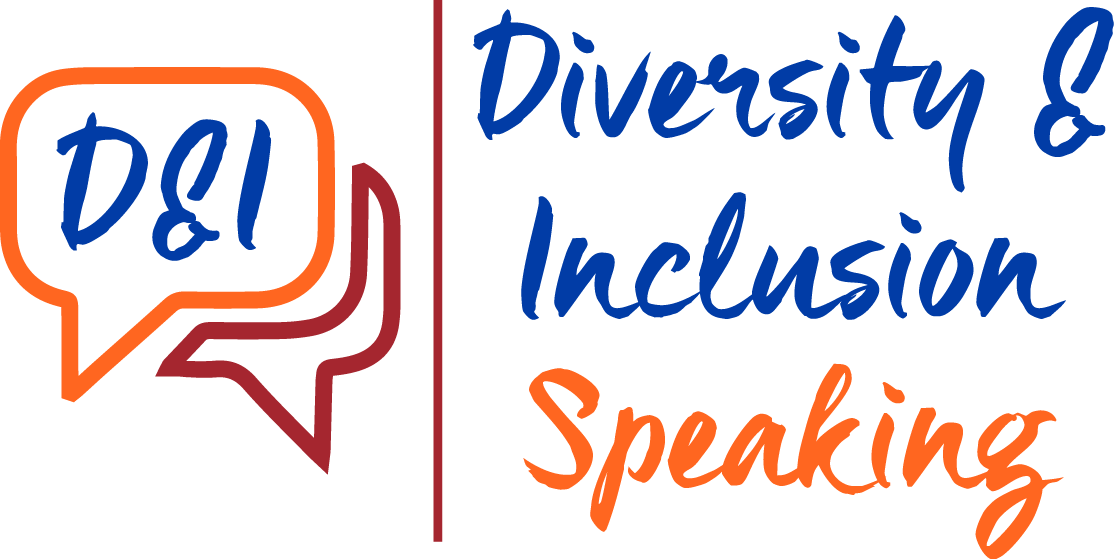In the week when we are celebrating International Women’s Day, it is for sure relevant to talk about gender stereotypes.
In the way we do at Diversity & Inclusion Speaking: focusing on the language codes and general communications that still leverage and reinforce gender stereotyped representations.
And usually, the focus is on women, on how, in many cases, they are still depicted in ways that are not relevant to them and feel far from their true aspirations, desires and needs.
But what about men?
They get their fair share of stereotyped representations too.
Since the very young age, they get told to be strong, bold, in control, clever, always performing and giving their best. How much pressure does all of this put on young boys?
And the picture, growing up, doesn’t change much. The communication world is full of representations of distant, unapologetic men, who can not even consider showing their emotions, doubts, insecurities.
This is the only monolithic ideal of masculinity we have all grown up with. As if there was only one way to be men. And what may be different from this representation, feels wrong, or for losers.
The question is: are we spending enough time understanding men, their dreams, aspirations, needs? Do we engage them in the right way? Or are we giving for granted that the same old recipe of the unapologetic, good looking man, will always work?
Whatever you may think of the recent Gillette new campaign, there is no doubt it helped foster the debate around a different portrayal of masculinity, which was much needed.
Personally, I think what Lynx is doing since 2016 with “Find your magic” campaign is a very thought provoking way to disrupt stereotyped masculine codes and set new standards. Hopefully, we will see more brands questioning the right codes to reach the male audiences.
We are doing our best to make this happen, more and more often.
